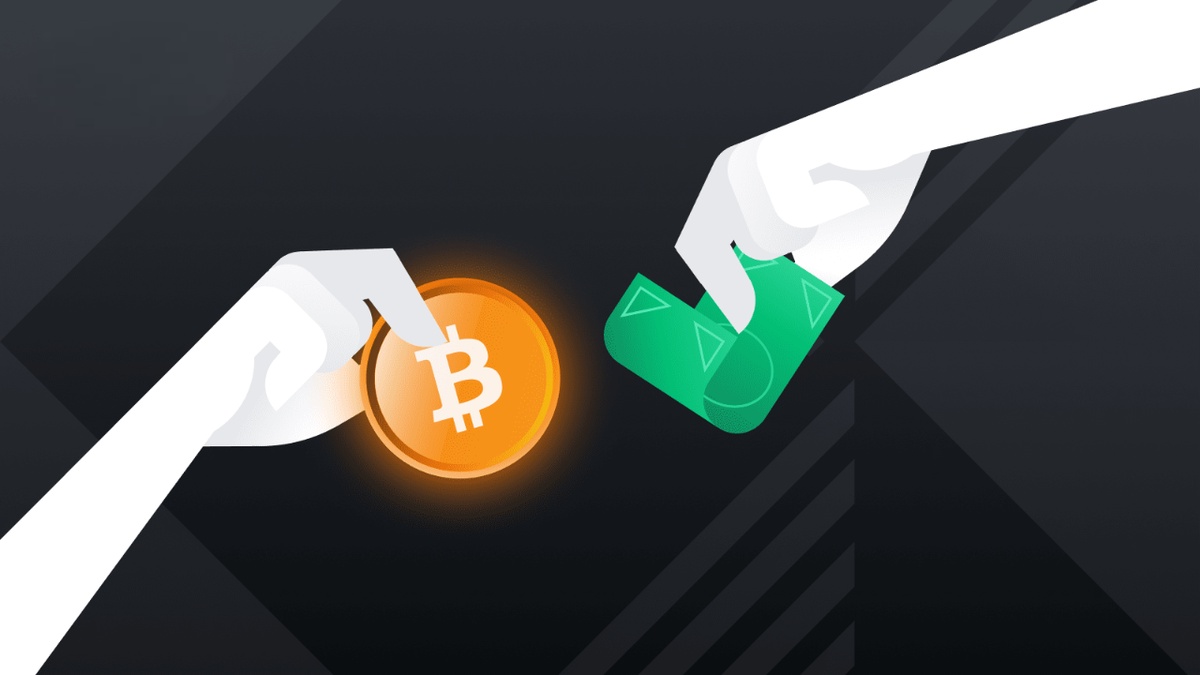The world of digital asset trading has evolved rapidly since the inception of cryptocurrencies. With the growing popularity of digital currencies, the demand for secure and efficient trading platforms has skyrocketed. One such innovation that has gained significant traction in recent years is peer-to-peer (P2P) crypto exchanges. These platforms offer a decentralized alternative to traditional centralized exchanges, empowering users to trade directly with one another without the need for intermediaries.
In this blog post, we will explore the potential of P2P crypto exchanges, their advantages, challenges, and how they are shaping the future of digital asset trading.
Understanding P2P Crypto Exchanges
P2P crypto exchanges operate on a decentralized model, allowing users to trade cryptocurrencies directly with each other. Unlike centralized exchanges, which act as intermediaries between buyers and sellers, P2P exchanges facilitate transactions by providing a platform for users to connect and negotiate trade terms. This decentralized approach offers several benefits, including increased security, lower fees, and greater control over one's assets.
Advantages of P2P Crypto Exchanges
- Enhanced Security: One of the primary advantages of P2P crypto exchanges is their enhanced security. Centralized exchanges are often targeted by hackers due to the large amounts of digital assets stored on their platforms. In contrast, P2P exchanges do not hold users' funds, reducing the risk of hacks and theft. Additionally, P2P exchanges typically employ advanced security measures such as multi-signature wallets and escrow services to protect users' assets during transactions.
- Lower Fees: P2P exchanges generally charge lower fees compared to centralized exchanges. Since there are no intermediaries involved in the trading process, P2P platforms can pass on the cost savings to users in the form of reduced transaction fees. This makes P2P exchanges an attractive option for cost-conscious traders.
- Greater Control Over Assets: P2P exchanges allow users to maintain control over their digital assets throughout the trading process. Users can store their cryptocurrencies in their own wallets, ensuring that they have full custody of their funds at all times. This eliminates the need to trust a third party with one's assets, reducing the risk of loss due to mismanagement or fraud.
- Enhanced Privacy: P2P exchanges often provide a higher level of privacy compared to centralized platforms. Users can trade directly with one another without disclosing their personal information, ensuring that their identities remain protected. Additionally, many P2P exchanges do not require users to undergo extensive Know Your Customer (KYC) and Anti-Money Laundering (AML) checks, further safeguarding their privacy.
Challenges Facing P2P Crypto Exchanges
Despite their numerous advantages, P2P crypto exchanges also face several challenges that must be addressed to unlock their full potential.
- Liquidity: One of the primary challenges facing P2P exchanges is liquidity. Centralized exchanges typically have higher trading volumes, which can result in better price discovery and faster order execution. P2P exchanges, on the other hand, may struggle to attract sufficient trading volume, leading to wider bid-ask spreads and slower trade execution.
- User Experience: P2P exchanges can be more complex and less user-friendly than their centralized counterparts. Users must navigate the process of finding suitable trading partners, negotiating trade terms, and ensuring that transactions are completed securely. This can be a daunting task for novice traders, who may prefer the simplicity and convenience of centralized platforms.
- Regulatory Compliance: P2P exchanges may face regulatory challenges, particularly in jurisdictions with strict cryptocurrency regulations. While the decentralized nature of P2P exchanges can offer enhanced privacy, it can also make it more difficult for platforms to comply with KYC and AML requirements. This can limit the availability of P2P exchanges in certain regions and restrict access for some users.
The Future of P2P Crypto Exchanges
Despite these challenges, the potential of P2P crypto exchanges remains immense. As the cryptocurrency market continues to mature, we can expect to see several developments that will further enhance the appeal of P2P platforms.
- Improved User Experience: P2P exchanges are likely to invest in improving their user interfaces and simplifying the trading process, making it more accessible to a wider range of users. This will help attract more traders to P2P platforms, boosting liquidity and fostering a more vibrant trading ecosystem.
- Integration with Decentralized Finance (DeFi): The growing popularity of DeFi presents an opportunity for P2P exchanges to integrate with various DeFi protocols and services. This will enable users to access a broader range of financial products and services, such as lending, borrowing, and staking, directly from P2P platforms.
- Regulatory Clarity: As regulators around the world continue to develop and refine their approach to cryptocurrency regulation, we can expect greater clarity on the legal status of P2P exchanges. This will help P2P platforms navigate the regulatory landscape more effectively and ensure that they can operate in compliance with local laws.
Final Thoughts
P2P crypto exchanges represent a significant step forward in the evolution of digital asset trading. By offering a decentralized alternative to traditional centralized platforms, P2P exchanges empower users to trade directly with one another, providing enhanced security, lower fees, and greater control over their assets. While challenges remain, the potential of P2P exchanges is immense, and their continued growth and development will play a crucial role in shaping the future of digital asset trading.


No comments yet